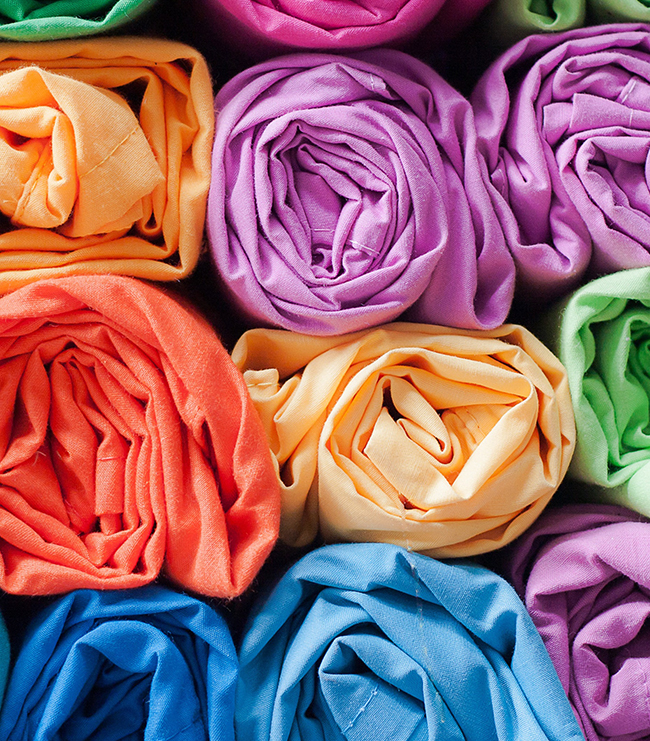Direct Dyes Manufacturers & Suppliers in India
- Home
- Direct Dyes
 ISO 9001: 2008 Certified
ISO 9001: 2008 Certified
Direct dyes are a type of reactive dye that is soluble in water. These dyes are very strong and can be used to dye wool, silk, nylon and other protein fibers. They can also be used to dye cellulose fibers such as cotton, linen and rayon.
Direct dyes are made from coal tar, which is the byproduct of manufacturing coke from coal. The process for making direct dyes involves converting coal tar into aniline, then converting aniline into a dye.
Direct dyes are a class of dyes that are used for the colouring of textiles and other materials. Direct dyes are typically distinguished from other classes of dyes by their ability to color the fibre without the need for a mordant.
With our extensive range of colors and combinations, you can get the right shade as per your requriments.
The two most significant non-textiles utilized are used in the paper, wood, and leather sector.
Coloration of Paper:- The paper industry employs huge quantities of dyes mostly to dye papers (Hand created) and also when light-fastness is an important factor.
Dyeing of Leather:- It is a traditional use of direct dyes.
Pre-treatment:- It is vital to have a good pre-treatment in order for satisfactory dyeing to be achieved. For better quality and brightness, it is essential to have fair depth. Grey fabric should be free of impurities such as the size of the material and spinning oil through making the Grey fabric using alkaline or bleaching at times may be used in cases of lighter shades.
Dyeing
The dye stuff is pasted with cold water and dissolves by pouring boiling water while stirring .The solution may be boiled to ensure complete dissolution. Set the dye bath at 50-60 c temperature with dyes solution, salt and soda ash. The pre-wetted goods are then entered and worked for 15 minutes gradually raise the temperature to 90-95 C and worked for 50-60 minutes, in order to overcome unlevel dyeing salt may be added in part after about 15 minutes of initial dyeing prior to raising the dye bath temperature. The material is then removed, Washed and dried.
The advantages of Direct Dyes are that they are not water soluble, so they can be used in a wide range of applications. They can also be used to dye cellulose and protein fibers.
We also manufactures Acid Dyes, Solvent Dyes, Basic Dyes, and Aluminium Dyes for the textile industry. We are one of the leading suppliers and exporters of these products in Worlwide.
Liquid direct dyes manufacturers, suppliers and exporters in India and cover national and international industries according to request and specifications from last two decades with 100% satisfactions with multiple ranges as described in table formats.
Product Name - Concentration